 中文版
中文版


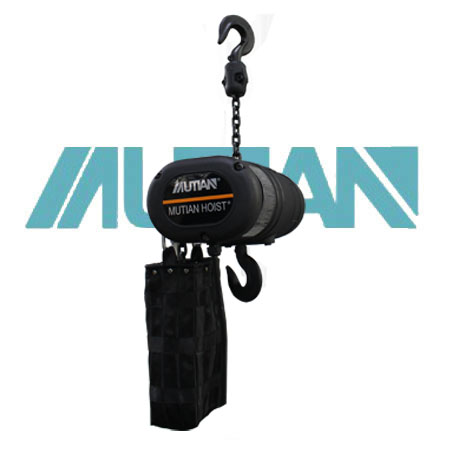
Welcome to contact us by phone:0086-0312-7969888
Design and Engineering:
Stage electric hoists are designed by manufacturers with a focus on stability, safety, and reliability. The engineering of the hoist, including the quality of materials used and the design of critical components, plays a crucial role in ensuring stability.
Load Capacity:
Adhering to the hoist's rated load capacity is essential for stability. Exceeding the specified load limit can compromise stability, lead to equipment failure, and pose safety risks.
Installation:
Proper installation is critical for the stability of a stage electric hoist. It should be securely mounted to a structurally sound overhead support system, ensuring that it can handle both the static and dynamic loads during operation.
Rigging and Attachments:
The rigging and attachments used with the hoist, including slings, cables, and other components, must be in good condition, properly rated, and securely attached. Proper rigging practices contribute to the overall stability of the lifting system.
Safety Features:
Stage electric hoists are equipped with safety features such as limit switches, emergency stop buttons, overload protection, and slack rope detection. These features are designed to enhance stability and prevent unsafe conditions.
Operator Training:
Adequate training of hoist operators is crucial for stable and safe operation. Operators should be familiar with the hoist controls, safety features, and proper lifting techniques.
Regular Maintenance:
Routine maintenance and inspections are essential to ensure that the hoist remains in optimal condition. Any signs of wear, damage, or malfunctions should be promptly addressed to maintain stability and prevent unexpected failures.
Control Systems:
The hoist's control system, including its variable speed control, should be used in a manner that allows for precise and controlled movements. Variable speed options contribute to stable load positioning.
Environmental Conditions:
Environmental factors, such as wind, can impact the stability of the hoist and the load. Outdoor installations may require additional considerations to mitigate the effects of weather conditions.
Compliance with Standards:
Compliance with industry standards and regulations ensures that the stage electric hoist meets established safety and performance criteria, contributing to stability.
It's crucial to follow the manufacturer's guidelines, industry standards, and applicable regulations when using stage electric hoists to ensure stability, safety, and reliable performance. Regular inspections, preventive maintenance, and operator training are key elements in maintaining a stable and secure hoisting system.
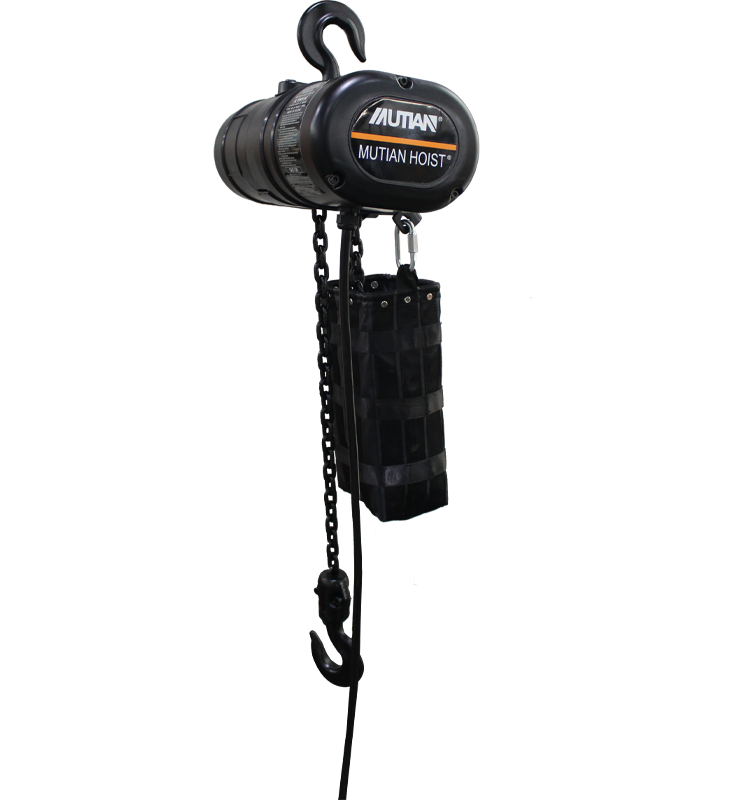
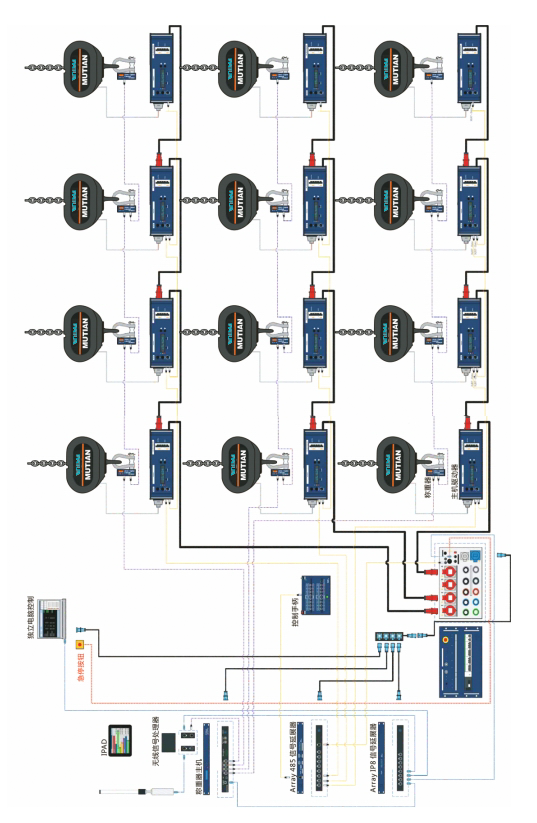
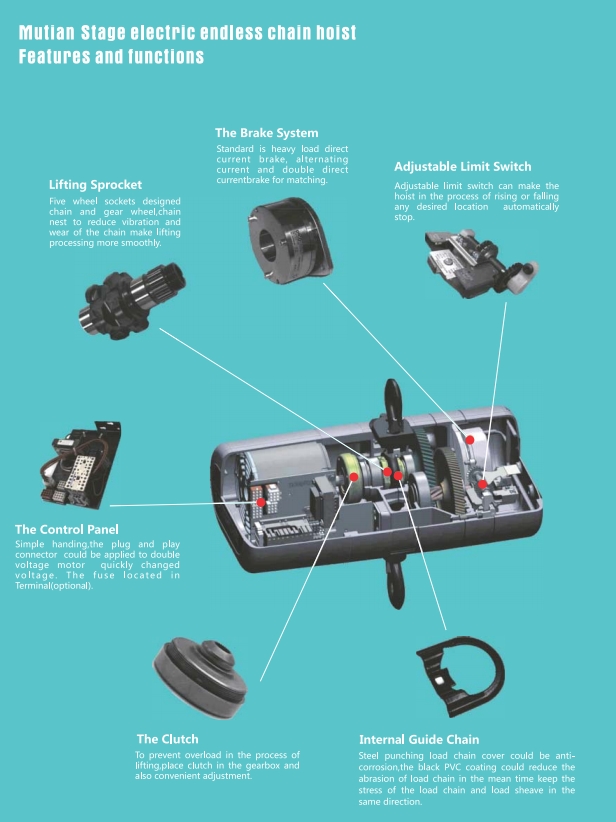
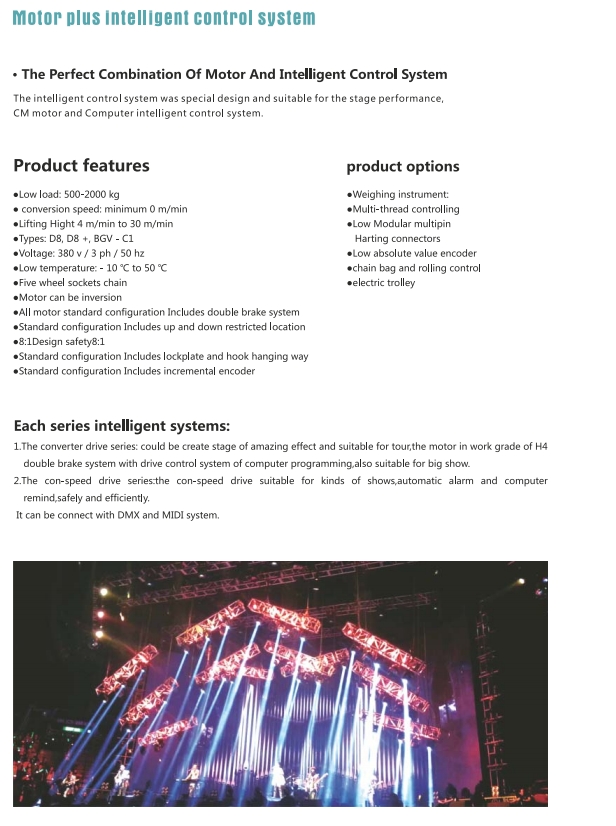

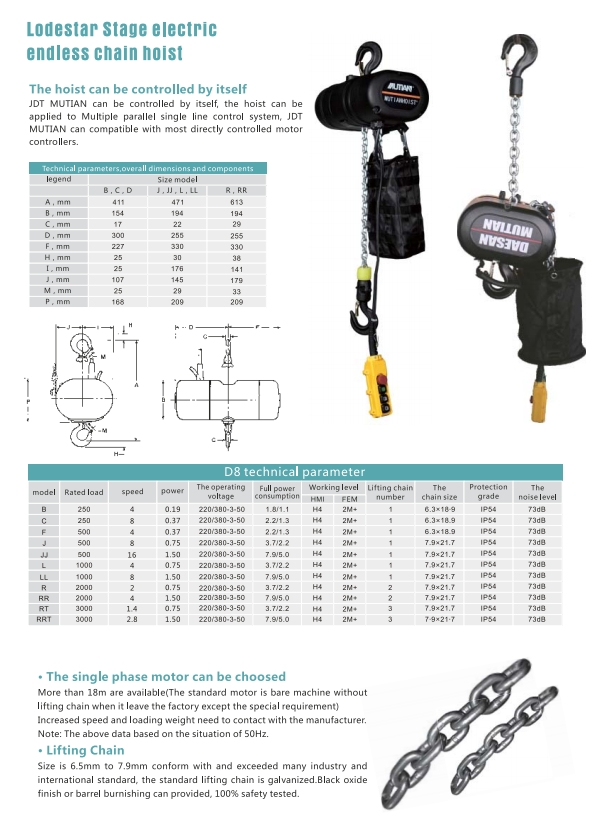
X